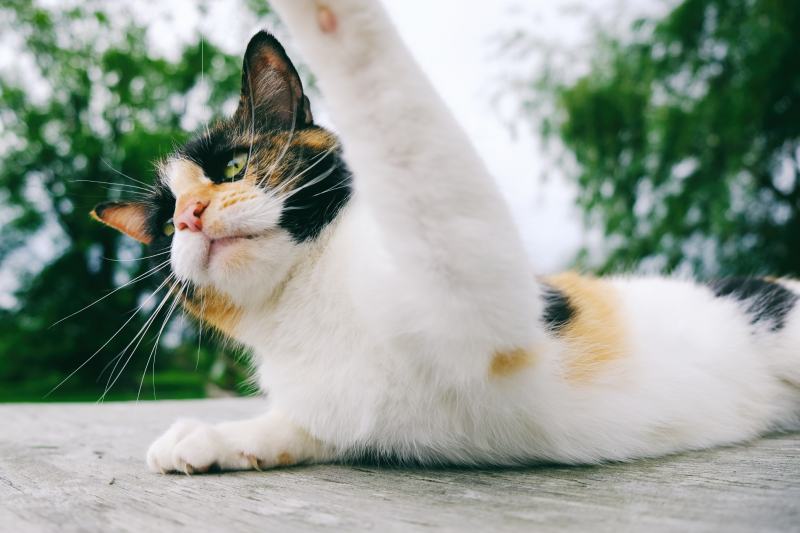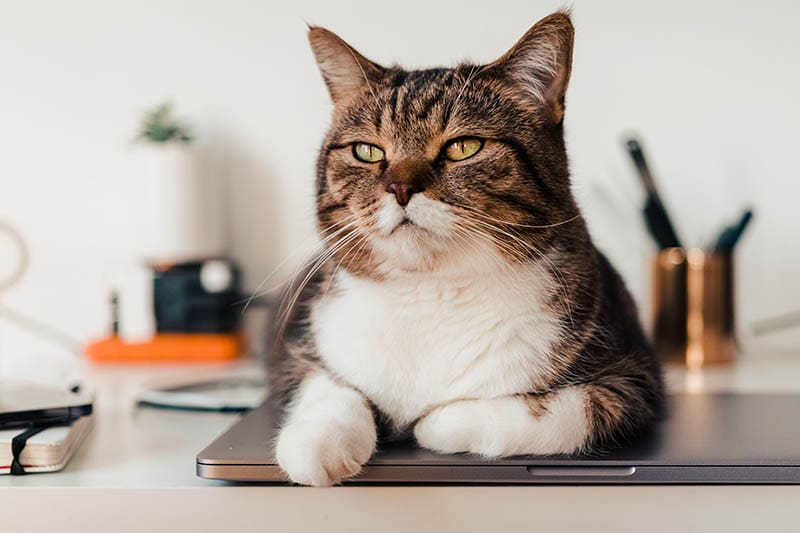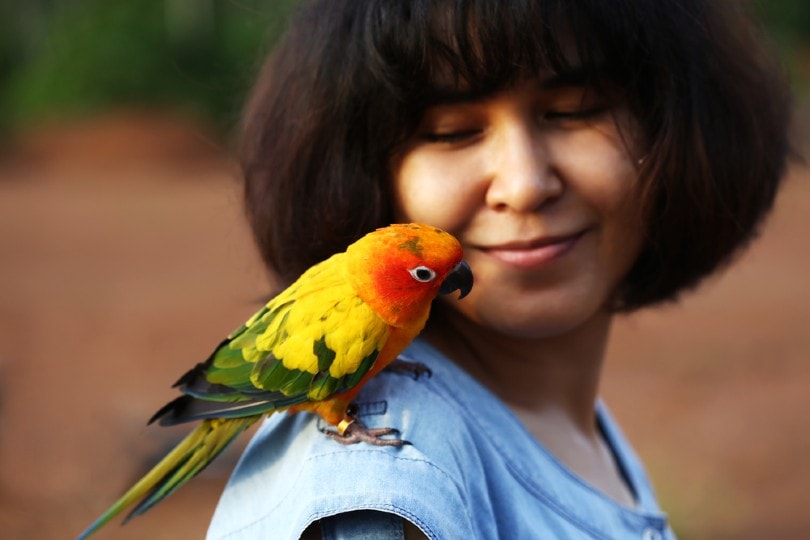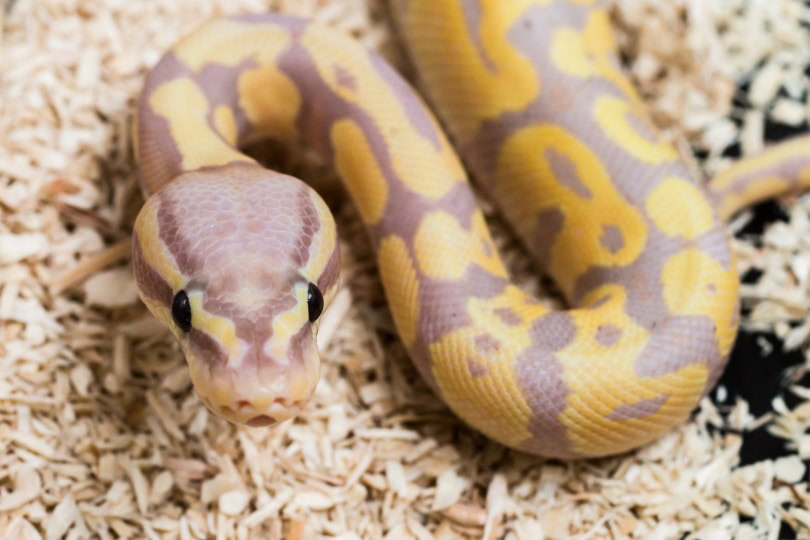VET APPROVED

The information is current and up-to-date in accordance with the latest veterinarian research.
Learn more »One of the funniest and most fascinating things cats do is the mysterious “slap”. It’s both hilarious to watch and a little bit concerning—why do cats suddenly take a paw to your hand, shoulder, or even face?
While it can be difficult to pinpoint why your cat is slapping you (after all, they don’t exactly say it out loud), there are some common explanations for why cats do this. Here are four typical reasons why cats slap:

The 4 Reasons Why Cats Slap:
1. Your Cat Wants to Play
This may come as a surprise, but cats can’t talk. So, to get your attention, your feline friend has to resort to the next best thing: slapping you! As funny as that sounds, there’s actually a lot of truth to it. Cats are natural hunters, and they love to play. By slapping you with its paw, your cat is actually trying to get your attention so that the two of you can have a fun game of chase!
As a pet owner, it’s important to learn your furry friend’s signals and cues. If you notice that your cat is slapping at you, chances are it’s trying to tell you that it wants to play.
2. Your Cat Wants Attention
As independent as they may seem, cats can be very needy creatures, and they need a lot of affection from their owners. If your kitty feels neglected or ignored, it might try to get your attention by slapping you.
This is especially true if your cat used to get a lot of attention from you, but now they feel like they’re getting the cold shoulder.
It’s always important to take the time to give your cat lots of love and cuddle time so that they don’t feel neglected. However, if you only give attention to your cat after they slap you, you will see more and more of this behavior. It’s best to give them attention when they are calm or offering other gentler cues while trying to interact with you.
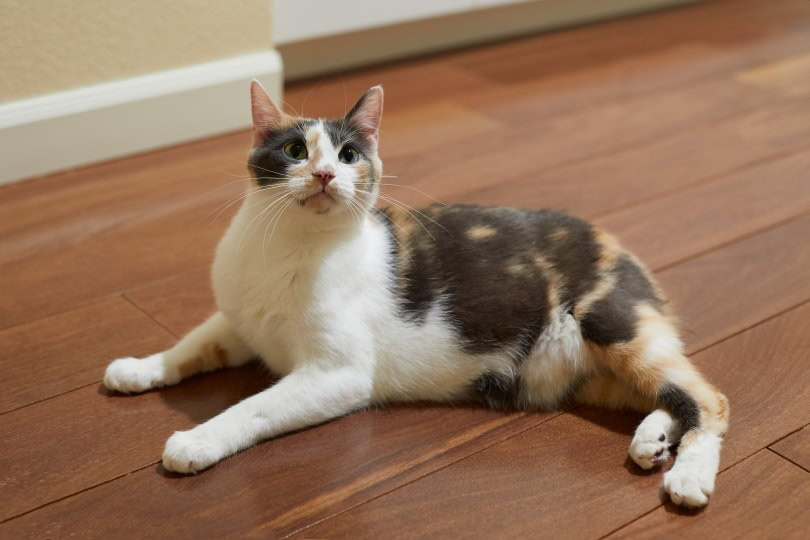
3. Your Cat Is Stressed
Cats can become stressed out for a variety of reasons, including changes in their environment, the presence of other cats or animals, and even certain noises. When cats are feeling overwhelmed or anxious, they may resort to slapping as an outlet for their emotions.
If you think your cat might be feeling particularly stressed, it’s important to take the time to understand why. Are there any changes in their environment that could be causing distress? Is your cat feeling threatened by another animal or person in the household?
Once you have identified and addressed the underlying cause of your cat’s stress, you can start to work on calming them down through positive reinforcement and relaxation techniques.
4. Your Cat Is Frustrated or Needs Some Space
Cats can become frustrated for a variety of reasons, including not having access to food or toys, being overwhelmed by too many people in the house, or simply not getting enough exercise and playtime. Cats can also get slappy if humans insist on touching them when they don’t appreciate it or simply need some space.
In this case, cats may resort to slapping as an outlet for their frustration. It’s important to pay attention to your cat’s cues in order to better understand its behavior. If you think that your cat is becoming frustrated due to a lack of exercise and enrichment, try offering them a new toy or spending some quality time playing together.
We see the same behavior in everything from dogs to people. Without an outlet for their energy and emotions, cats (and other species) may resort to odd behavior as a way to express themselves.
Likewise pushing for interactions and physical contact when cats just wish to be left alone will likely result in a slap that can quickly escalate into scratches or bites if you insist.
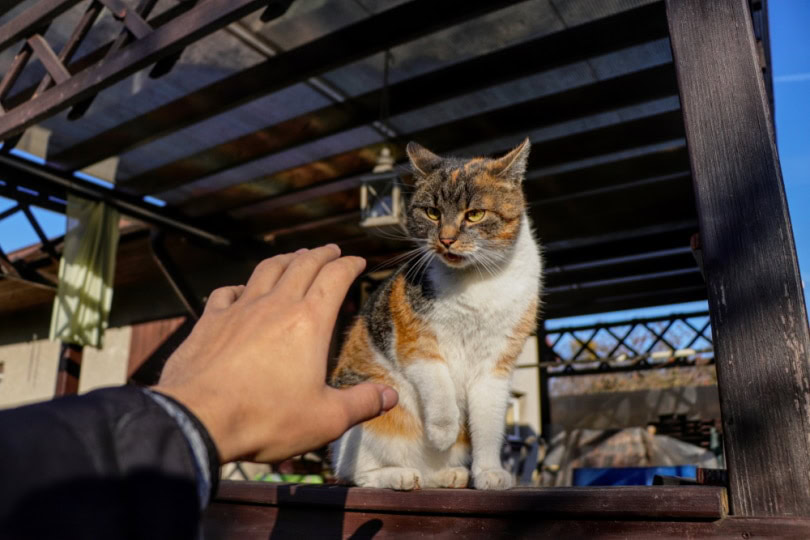

Tips to Curb Your Cat’s Slapping Behavior
Now that you know some of the most common reasons why cats slap, it’s important to take some steps in order to curb this behavior.
Quality Time and Attention
One of the best things you can do as a cat owner is to give your furball quality time and attention. Spending a few minutes each day playing with your cat, petting them if they are receptive to it, or just talking to them can make all the difference.
Provide Toys for Exercise
Providing toys like scratching posts, balls, climbing cat threes, catnip toys, etc. can help keep cats entertained and give them an outlet for their energy. This can help reduce slapping, as well as other unwanted behaviors.
Establish & Also Respect Boundaries
It’s also important to set boundaries with your cat in terms of what is acceptable behavior. If your cat tries to swat or bite you, calmly say “no” and gently push them away. If they insist, you can also simply remove yourself from the scenario. They may not understand your words, but they will eventually understand that this behavior is not tolerated.
If your cat is slapping when you insist on touching them and they wish to be left alone, then yu should learn to respect their boundaries before this escalates.
Be Patient
It’s important to remember that cats are trying to express themselves and find a way to get something from us. It is the consequences we give to the slapping behavior that will modify the likelihood of them repeating the behavior more or less often. Be patient with your furry friend, and don’t give up! With the correct guidance and training, you can help your cat learn more acceptable ways to interact with you.
With a little bit of patience and understanding of the scenarios and triggers of your cat’s slapping behavior as well as a conscious decision of what we offer them in return or as a consequence, it won’t have to be an issue for much longer.


Conclusion
Slapping can be a normal behavior for cats, but it’s important to pay attention to the scenarios and triggers to better understand your cat’s intentions and needs. With the right amount of observation, patience, and strategy, you can help your cat learn more acceptable ways to interact with you.
See Also:
- How Much Time Do Cats Spend Grooming Themselves?
- Why Does My Cat Wink? Vet-Approved Possible Reasons & FAQ
Featured Image Credit: cctm, Shutterstock
